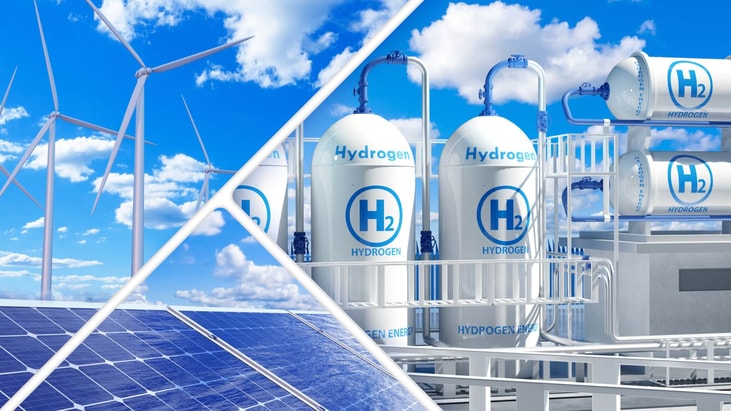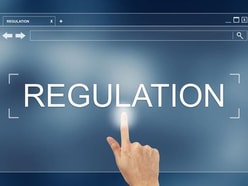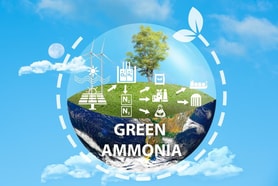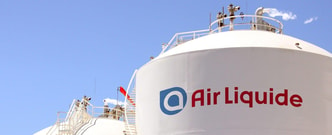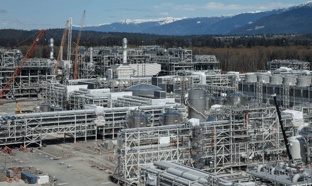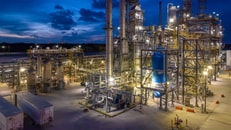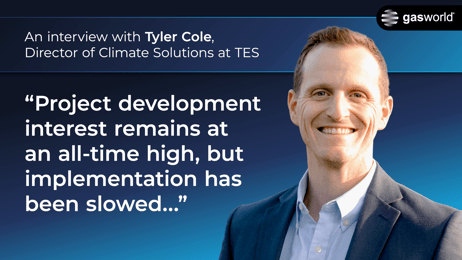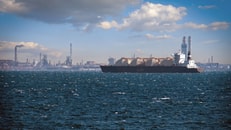Power, demand and certify – the big three for e-NG
Global e-methane (e-NG) production could reach just over 1 bcm by 2030, providing policy, technology and investment decisions can be overcome.
Its rising potential and scaling challenges were discussed in an International Energy Agency (IEA) webinar today.
Keisuke Sadamori, Director of Energy Markets and Security at the IEA, said, “e-methane has the potential to contribute to the decarbonisation of gas networks without the need for retrofitting existing gas infrastructure – such as LNG receiving terminals – and enable the coupling of future methane and hydrogen networks and facilitate their system integration.”
However production cost is mainly dependent on hydrogen production, the procurement of stable and inexpensive renewable power is another key piece, and technology will be vital to delivering large-scale and efficient production sites. Current costs are between $50-200 mmbtu, up to 15 times higher than current LNG spot prices.
... to continue reading you must be subscribed

